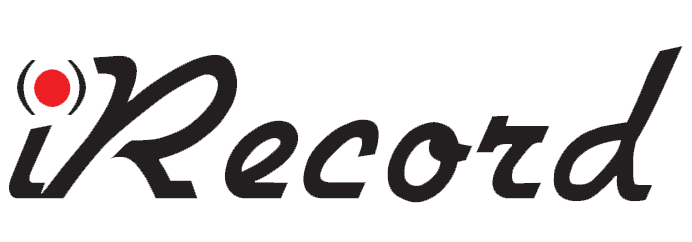To some, the chain of custody procedures for interview evidence may seem easier to manage than physical evidence, but there are still plenty of pitfalls that can put agencies at risk. Securing court-admissible evidence leaves no room for error. Working with a modern interview room recording solution can help mitigate some of these concerns. Having the proper security measure in place can help keep all of your valuable interview evidence safe.
3 Questions for Audio Video Interview Evidence Security
Whether your agency is ready to upgrade to a new audio video recording solution or you simply want to reevaluate your current setup, these chain of custody questions can help. A few details should always be standard for interview recording equipment and software. Without these features, your evidence—and your team—could face serious scrutiny.
1. Do you have an automatic time-and-date stamp?
This is a crucial component of any audio video recording solution. Your interviews need to be clearly tracked for thorough review. If your evidence is missing time stamps, then no one will know exactly when your conversations and redactions have occurred.
A tamper-proof time-and-date stamp helps ensure that justice is upheld with reliable and accurate evidence. With so much on the line, agencies can’t afford to let faulty equipment or software interfere with their process. Being able to quickly pull up certain sections of the interview evidence from a time-and-date stamp reference helps streamline the management of each case.
2. How does your solution limit login access for redactions?
In addition to automatic time-stamps, your recording solution also needs to actively restrict access. This should go beyond a basic username and password setup for individuals. Utilizing additional password systems can better protect interview evidence from being viewed or edited by unauthorized users. Only certain individuals should be able to log-in and create redactions from the original files. Without access restrictions, the complete and original footage can be left vulnerable.
3. Can you view details on who creates redacted versions?
Another red flag for your chain of custody is if your systems isn’t automatically documenting who is logging in to access your evidence. Any time someone needs to review an interview or make redactions, the system should create or update its audit trail. There should never be any question of who made a redaction. It should also be clear where redactions start and stop.
A user-friendly recording solution makes it easy to deliver organized evidence. It also works to protect law enforcement professionals. No one wants to work so hard to gather evidence just to have it not be accepted into court. Protecting your process and securing your evidence needs a proven system. That’s where we can help.
Our team at iRecord is dedicated to providing the agencies that serve and protect our communities with quality recording solutions. That’s why we’ve carefully designed all of our systems with public safety professionals in mind. Your interview recording solution needs automatic software features to help keep your evidence and team protected, and our solutions do exactly that. To learn more about our systems or possible funding opportunities, please don’t hesitate to send us a message. Let’s keep your chain of custody secure.
